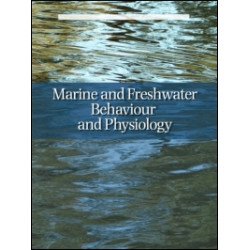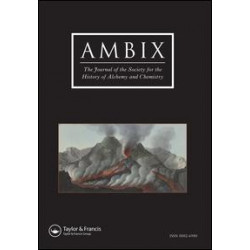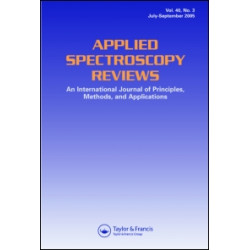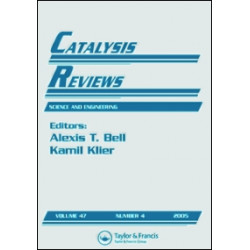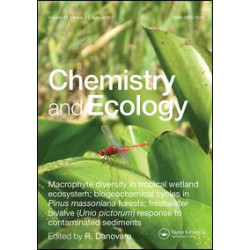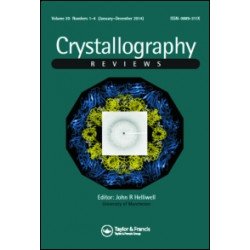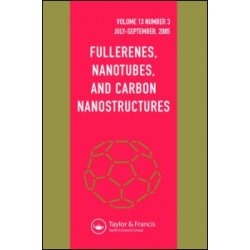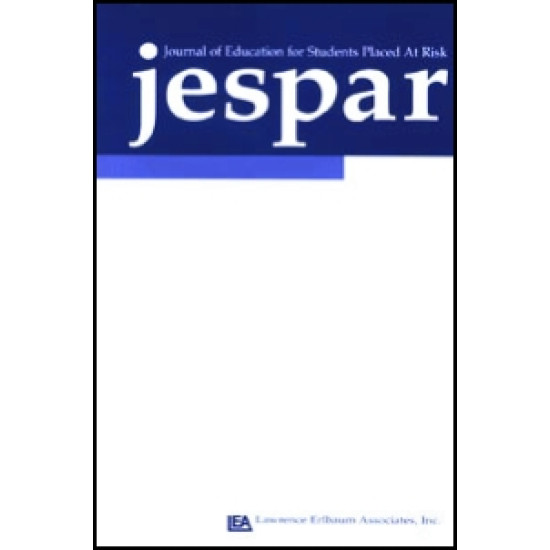
2017 CiteScore: 0.72 - values from Scopus
The Journal of Education for Students Placed At Risk (JESPAR) is the only academic journal to date which provides quantitative, qualitative, or mixed-method research focused exclusively on improving the education of students placed at risk, which are students who are at danger of not succeeding in school due to disadvantaged circumstances. JESPAR prioritizes manuscripts of studies that (1) provide impact evidence of interventions, strategies, or methods to ameliorate risk, or (2) examine innovative schooling structures and school practices that improve the achievement or correlates of achievement of at risk students, or (3) present new models for improving the precision of predicting risk and/or future success in school. The journal is focused on elucidating the malleable factors that, if altered, can change the course of a student’s educational outcomes. The journal does not publish articles that are more suited for special education journals, but it will consider studies in which special education status coexists with disadvantaged circumstances or where students at risk are placed in special education services. JESPAR facilitates communication among all stakeholders--researchers, policymakers, and educators--who are actively involved in furthering academic and other achievements of students placed at risk.
Peer Review Policy: All research articles in this journal have undergone rigorous peer review, based on initial editor screening and anonymous refereeing by at least two anonymous referees.
About the Journal: The Journal of Education for Students Placed At Risk (JESPAR) was founded to assist researchers, policymakers, and practitioners in identifying what programs work to educate elementary and secondary students who are socioeconomically at risk.
JESPAR was founded in 1996 at the Johns Hopkins University, Hopkins’s Center for Social Organization of Schools (CSOS), and the federally funded Center for Research into the Education of Students Placed At Risk (CRESPAR). Sam Stringfield and John H. Hollifield, Jr. were the founding editors and Amanda Datnow and Faustine Jones-Wilson the founding associate editors. Many board members have served throughout JESPAR’s existence and many with shorter tenures have made substantial contributions. John Nunnery, Martha Mac Iver, Wendy Winters, Coby Meyers, and Emily Rodgers have also served as associate editors, and Cary Berkeley Kaye, Sam Kim, and Kirsten Sundell as assistant or managing editors. After Hollifield’s death in 1999, Stringfield remained as editor until his death in 2016. In 2017, Jerome D’Agostino of The Ohio State University became editor of JESPAR.
JESPAR has focused on original research into student outcomes regarding at-risk students in elementary and secondary school, although from time to time it has explored relevant aspects of preschool or college education and has published relevant essays and book reviews. Founding editor Sam Stringfield was particularly proud of the journal’s special issues, including, to name just a few, collections addressing pathways to postsecondary education and Reading Recovery.
The editorial teams and boards have shared the belief that effective educational practices and programs exist that make a difference in the lives of students who, for a variety of reasons—racial, economic, family, linguistic, or other—are placed at risk of academic failure. Since its founding, JESPAR has reported on the progress made toward providing all children with a high-quality education and social support.






